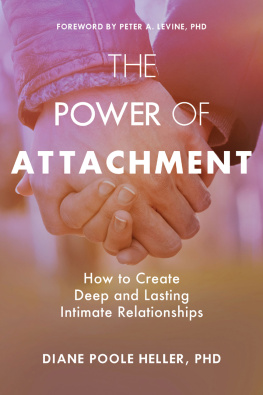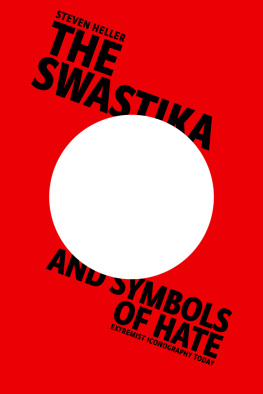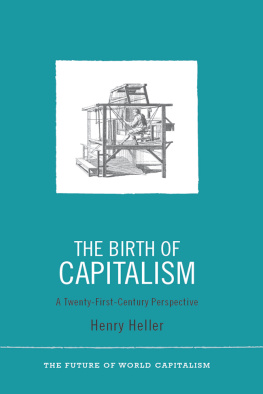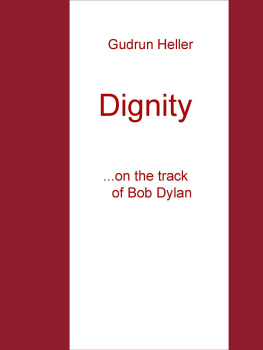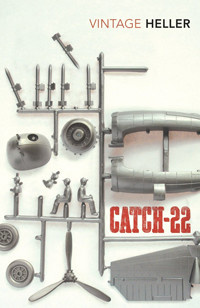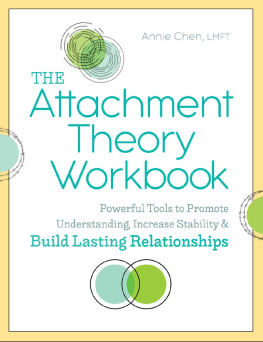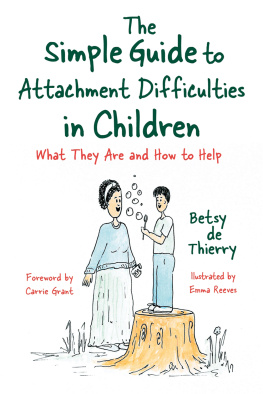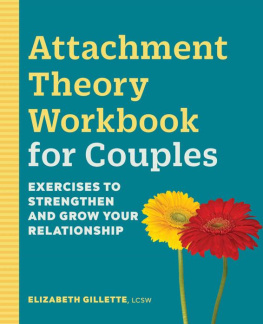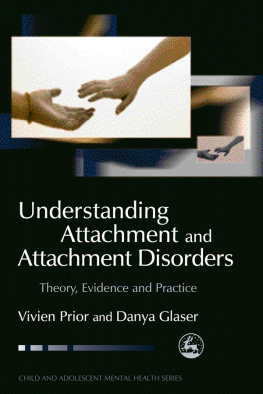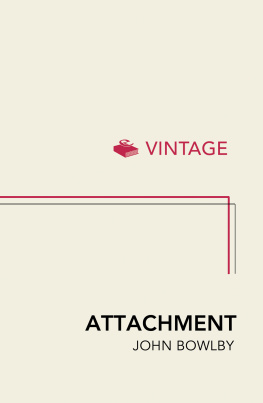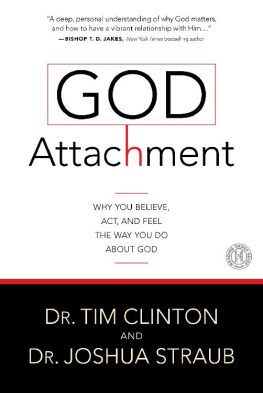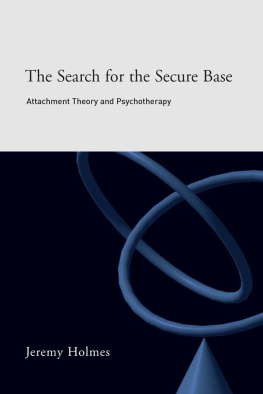ACKNOWLEDGMENTS
I could fill this entire book with the names and accomplishments of people to whom I owe gratitude and appreciation. The following list is in no way comprehensive, and I apologize in advance to anyone Ive left out. I thank all of you frequently in my heart, even if I fail to do so in print now.
First of all, I want to thank the genius shining through Peter Levine in his lifelong search to alleviate human suffering, culminating in Somatic Experiencing (SE). Peter was instrumental in my own personal healing journey from extreme trauma toward regaining resiliency and enhancing a deep understanding that supported my professional endeavors and insights all along the way. I want to thank his past and present SE facultyespecially those friends I worked most closely with: Nancy Napier, Maggie Phillips, Raja Selvam, Marianne Bentzen, Anngwyn St. Just, Steve Hoskinson, Larry Heller, and Kathy Kain. I also want to send my appreciation to the amazing Somatic Experiencing staff at SETI and Ergos Institute, specifically Justin Snavely.
I also owe a huge debt to the greats of attachment theory, as well as the amazing therapists, authors, and researchers doing incredible work in the fields of trauma recovery and enhancing connection and healing in relationshipsJohn Bowlby, Mary Ainsworth, Mary Main, Marion Solomon, Ed Tronick, Allan Schore, Sue Johnson, Maggie Phillips, Diana Fosha, David Wallin, Amir Levine, Rachel Heller, Stan Tatkin, Tracey Boldemann-Tatkin, Ellyn Bader, Peter Pearson, Terry Real, Pat Love, Michele Wiener-Davis, Joan Borysenko, Linda Graham, Lisa Ferenz, Mary Jo Barrett, Bill OHanlon, Peter Cummings, David Grand, Bruce Ecker, Frank Anderson, Richard Schwartz, John Howard, Rachel Cahn, and Jeff Pincus. I am blessed that so many are current collaborators. I offer my eternal admiration and gratitude to all of you.
I also want to thank Stephen Porges for his intelligence, warmth, and revolutionary research that underlies so much somatic work being done today. On that note, I extend my gratitude to the brilliance of Dan Siegel, Bonnie Badenoch, Janina Fisher, Pat Ogden, Rick Hanson, Bessel van der Kolk, Robert Scaer, Babette Rothschild, Belleruth Naparstek, Ray Castellino, Bonnie Mark-Goldstein, and John and Anna Chitty for their furtherance of effectively using somatic strategies as well as neuroscience for trauma resolution and the understanding of the critical importance of healing attachment injury. I also give thanks to John Bilorusky for providing me with excellent guidance during my PhD studies at Western Institute for Social Research (WISR).
I want to heartfully offer my gratitude to my co-teachers of the Dynamic Attachment Re-patterning experience (DARe) and Somatic Attachment Training experience (SATe) professional training programs: Patti Elledge, Patricia Meadows, Elisabeth Schneider-Kaiser, Alicen Halquist, Sara Swift, and Judith Beermann Zeligson as well as countless dedicated assistants including but in no way limited to Jennifer Jonell, Wanda Brothers, Margaret Crockett, Jane Cohen, Wendy Hubbard, Teri Sullivan Lutz, Gil Shalit, Daniel Vose, Martha Brandt, Kirtan Coan, Erin Brandt, Cathy Latner, Char Dillon, Linda Chrisman, Amar Huang, Patricia McKay, Lars Johansen, Sabina Scheffler, Heidi Wittkop, Najakat Ute Kalinke, Marianne Mueller, and Ellen Stautenberg. And I am forever grateful for and indebted to my Trauma Solutions staff, who always have my back. Each one offers me ongoing support in too many ways to elucidate here: Mary Niebch, Tim Coyle, Jennifer Jonell, and Kristine Parrinello. I also would like to thank Eben Pagan, Jeff Walker, and Ruth Buczynski for helping me learn to deliver educational value with integrity, and my many colleagues and associates who make my work possible: Brian Spielmann (including his partner, Richard Taubinger) and able staffIan MacPherson, Asa Henderson, Artem Nikulkov, as well as Felix, Erik, and Katy. Thanks so much to Jacqueline Carleton and her team of interns, Myriam Schottenstein and Diana Scime-Sayegh, for their help in organizing transcripts and materials from live trainings for professional writings to come. I also extend my lasting gratitude to the good people at Sounds True: Tami Simon, who invited me to publish two books; Stephen Lessard and his team for their work on the audio program Healing Your Attachment Wounds; and Robert Lee for his expertise in writing, organizing, and editing that material to create the book youre reading now.
I want to recognize and celebrate all of the teachers, guides, allies, and co-explorers who have been with me along my spiritual journey: Laurel Keyes, Paul Chivington, Kurt Leland, Hameed Ali, Faisal Muqaddam, Morton and Deborah Letofsky, Linda Krier, Prabha Bell, Amano Atwood, Carolyn Tricomi, Nancy Napier, Neila Frisch, Rennie Moran, Gil Shalit, Manohar Croke, Christian Koln, Rani Willams, Velusia van Horsen, Darshana Mathews, Florian Usener, Najma Neuhoff, Madhurima Margit Rigtrup, Dominie Cappadonna, Sara Swift, William Allen, Anna Chitty, and the Dalai Lama. Thank you all!
My mother and father instilled in me an invaluable moral code that includes the value of education, the importance in helping others, and approaching lifes challenges with an openhearted steadfastness. The consistency of their support as well as some of the inevitable struggles gave me the push I needed to explore my inner and outer world. I offer them my everlasting thanks. I also want to recognize the other members of my family who have been there for me in so many ways and who are inextricably woven into this journey: my siblings, Dick and Barb; my nieces, Andrea, Kelly, and Jessica; my nephew, Jason; my great nieces, Michaela and Mari; all of the spouses in the family, Barb, Jay, Zach, and Mike; my stepson, Kevin, and his family. I love you all so much.
Finally, I want to thank my many clients and students for giving me the great privilege of accompanying them on their amazing journeys of transforming trauma and mending broken connections. You have been my greatest teachers, and none of my work would be possible without you. I have been inspired and enriched by every encounter. Thank you all.
ALSO BY DIANE POOLE HELLER
Books
Crash Course: A Self-Healing Guide to Auto Accident Trauma and Recovery (with Laurence Heller)
Audio Programs
Healing Your Attachment Wounds: How to Create Deep and Lasting Intimate Relationships
Online Programs
Therapy Mastermind Circle
Attachment Mastery Program
Attachment in Adult Relationships
Unraveling the Mystery of Memory in the Treatment of Trauma (with Peter Levine)
Secure Attachment Parenting in the Digital Age (with Kim John Payne)
DVD Programs
Auto Accident Recovery Program
Character Structure: From Trauma to Transformation
Dynamic Attachment Re-parenting experience (DARe):
DARe Module 1: Healing Early Attachment Wounds and Embracing the Authentic Self
DARe Module 2: Creating Healthy Adult Relationships
DARe Module 3: The Neurobiology of Loving Relationships
DARe Module 4: From Wound to Wellness: Excavating Core Intactness, Power and Resiliency
Healing the Divine Wound, Unveiling the Sacred Heart
Enlivening Intimacy, Sensuality, and Sexuality
ABOUT THE AUTHOR
D iane Poole Heller, PhD, is an established expert in the field of child and adult attachment theory and models, trauma resolution, and integrative healing techniques. She developed her own signature series on adult attachment called DARe (Dynamic Attachment Re-patterning experience), also known as SATe (Somatic Attachment Training experience), which is now taught to therapists around the globe. Diane began her work with Peter Levine, founder of the Somatic Experiencing Trauma Institute (SETI) in 1989, going on to teach Somatic Experiencing (SE) internationally for over twenty years and becoming a senior faculty member at SETI.
Next page
